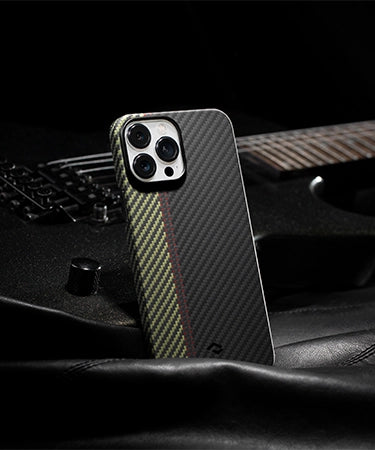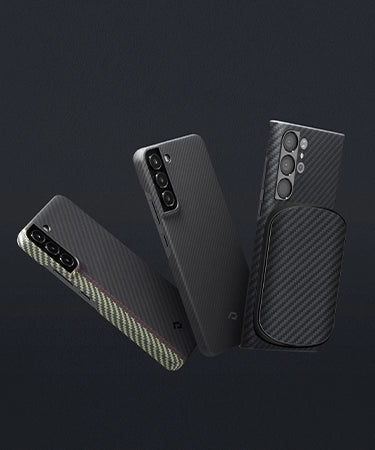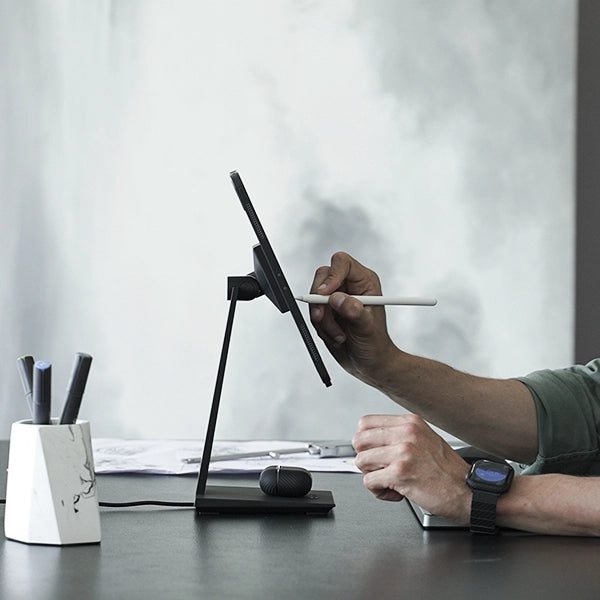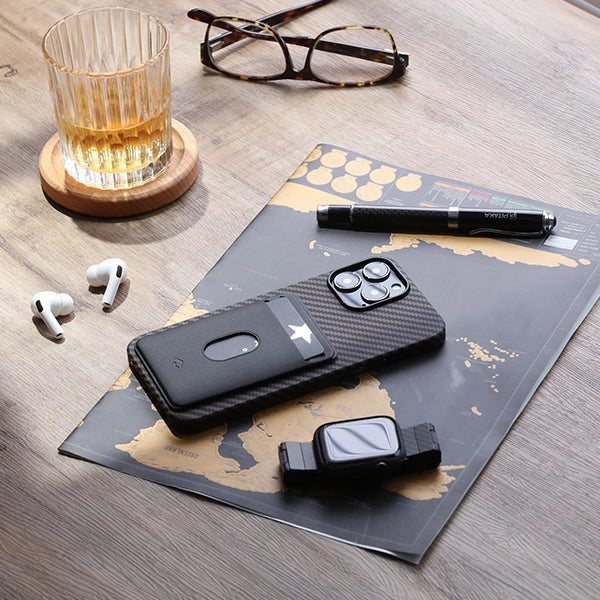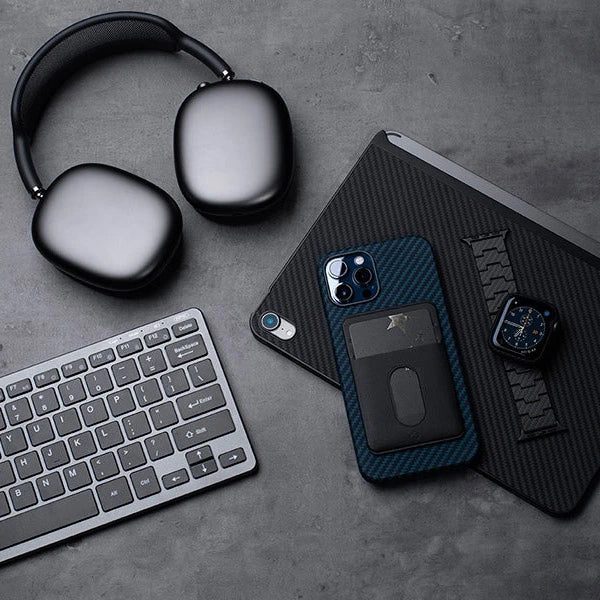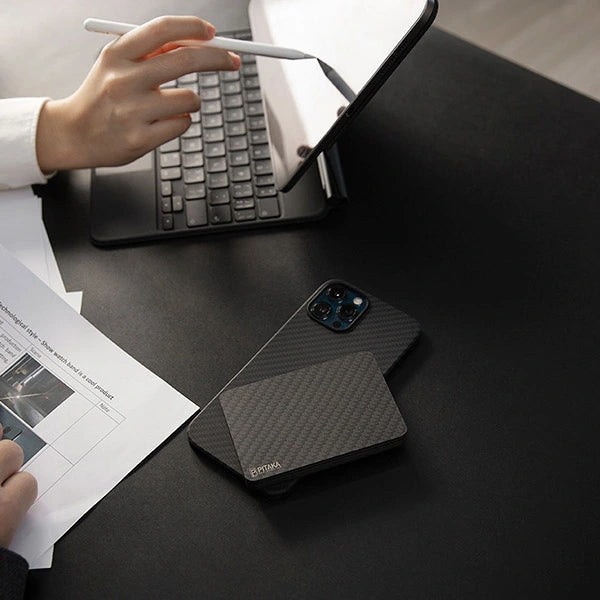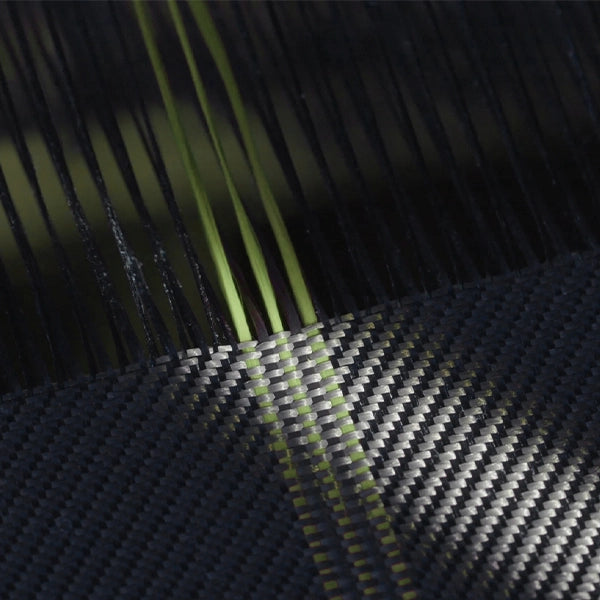
It’s been 50 years since the groundbreaking Apollo 11 moon landing took place on July 20, 1969. Many people born after 60s are still excited about the footage of the historic landing even though rumor has it that the whole moonwalk event is a lie.
We disagree on many things, but I think we all agree that humanity are fascinated by the vastness and unknown of the universe. When we look up at the sky, we wonder what’s out there. When we watch the launching of kinds of spaceship, we wonder how scientists make that big machine fly and what it’s been made of to survive the hard condition in outer space. We may not have a chance to touch the spaceship and may never will, but it’s not hard to imagine that it must be some sort of special material that is durable, resistant to heat, corrosion and plenty more besides.
What if I tell you, you can get your hand on that kind of material? Don’t be surprised, you may be holding one of those things that are made of the same material—aramid fiber.
What Is Aramid Fiber?
Aramid fiber is one of the toughest materials around, used to make body armor, sports cars, and aircraft. It's also the same material that PITAKA uses in all of our phone cases and most of our products. Aramid fiber is a class of synthetic fibers that are especially strong and heat-resistant. It’s used in applications like aerospace, the military, sports cars, aircraft, tires, and body armor.

A popular form of aramid fiber that most people know of is Kevlar, which is used in most bulletproof vests.
These fibers are woven together into sheets and ropes that can be made into other products. Five times stronger than steel but just as light, the material is extremely durable and powerful utility.

Also they are extremely resistant to heat (up to 500 degrees Celsius; for all of those times you forget your phone in the oven), tough against abrasion, and nonconductive. This makes it one of the toughest materials used in consumer products, especially when compared to how lightweight it is.
How Aramid Fibers Are Used To Make A Phone Case
You may be wondering how we turn this spaceship material into a phone case, and the process is actually extremely interesting! First, the fibers are gathered into strands and woven into a flexible fabric. This fabric is then coated with epoxy resin to help it retain its shape once it's been molded.
After that, PITAKA takes over the manufacturing process and cuts the hardened fabric into manageable, roughly case-sized pieces. These pieces of hardened aramid fabric are then crafted to fit the shape of your smartphone using PITAKA's patented processes.
Once that's done, the cases are then taken over to our laser cutters.

These cutters create openings for things like charging ports, headphones, buttons, and cameras. All that's left to do after that is polish the cases for a smooth finish and coat them in scratch-resistant paint. This helps them feel and look new for as long as possible while still giving your phone the utmost protection.
Why We Use Aramid Fibers In Our Phone Cases
For one thing, aramid fibers just look cool! They're a rarely seen material in consumer products, which gives your phone a unique, eye-catching style. Not only that, though, but these cases are just as high-tech as your phone, so it's a match made in heaven.
But aramid fibers aren't just there for looks. They also provide your phone with a superior level of protection against bumps and scrapes. Unlike standard phone cases that wear out over time and need replacing, a PITAKA aramid phone case is built to last.

Aramid phone cases have the benefit of being extremely lightweight as well, so you get all of its protection and style without too much extra bulk. They won’t interfere with your smartphone's signal either, so you can use it as an alternative to metal and aluminum cases without having to worry about staying connected.
The Benefits Of Aramid Fiber
The biggest benefit of switching to an aramid fiber phone case is their raw strength. Your device will be protected by something that's far stronger than steel, plastic, or rubber, which are what most phone cases are made out of. Aramid fibers are resistant to abrasion as well, so you can pull it out of your pocket as many times as you like, bring it to the workshop and on a hike, all without thinking twice.
Aramid fibers have low flammability and extremely high melting point. If one of your PITAKA aramid phone cases ever does start melting, keeping your phone safe will probably be the least of your concerns!
These cases are resistant to organic solvents as well, so you're unlikely to encounter any chemicals that might damage the protected areas of your phone. Perfect for the mad scientist who can't stay off their phone. They're also nonconductive, so you'll never experience a shock from static electricity when reaching for your phone.
ARAMID VS. CARBON FIBER
I’ve seen online quite a few people showing off their phone cases or other stuffs, claiming they were made of Kevlar or aramid fiber, but they were not. Actually that’s a different material--carbon fiber, a more popular material used in smartphone cases.
How can I tell the difference? Well, carbon fiber phone cases have a similar look as aramid fiber phone cases but they are different in many other aspects.
There are three main differences between the two materials:
-
Elasticity. Aramid fibers are naturally flexible and soft to the touch, so you can easily take aramid fiber case on and off of your phone with no concern. Carbon fibers, on the other hand, are one of the stiffest fibers out there, making carbon fiber cases extremely brittle.

-
Conductivity. Aramid fibers will not block any signals because they are not conductive. Unlike aramid fiber, carbon fiber phone cases are conductive. This means they can interfere with your phone's cellular signal, weakening the quality of your internet connection while the case is in use.

-
Color. The material that carbon fiber phone cases are made out of is naturally black, which makes it difficult to dye different colors. This is why you'll hardly ever see a carbon fiber case that isn't black. Aramid fibers, on the other hand, are naturally a light golden color, which is easy to dye, so you'll have more color options available to you.

Keep these points in mind and you won’t be fooled again!
The PITAKA Phone Case For The Newest Smartphones
All PITAKA cases are made of aramid fiber. They are not only super durable but also thin and light. Our complex techniques have allow them to wear a 3D soft and non-slippery texture and stylish woven design. But they are not just unique for the looks. They are meant to make your new smartphones’ value last.
If you're wondering how you're going to use these cases with the latest smartphones, there's no need to worry! PITAKA already has MagEZ Case available for the Galaxy Note 10 and Galaxy Note 10+ and Air Case, MagEZ Case and MagEZ Case Pro for the new iPhone 11, iPhone 11 Pro and iPhone 11 Pro Max. Go get one now!

